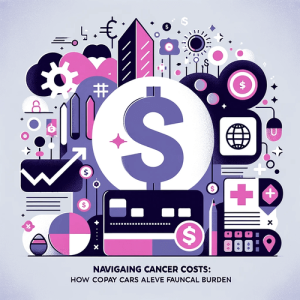Navigating Cancer Costs: How Copay Cards Can Alleviate Financial Burden
This comprehensive guide explains how copay cards, offered by pharmaceutical companies, can significantly reduce out-of-pocket expenses for cancer patients. These cards, designed to cover part of the medication copayments not covered by insurance, are a boon for those facing costly treatments. Eligibility typically hinges on having private insurance, the specific medication involved, and




